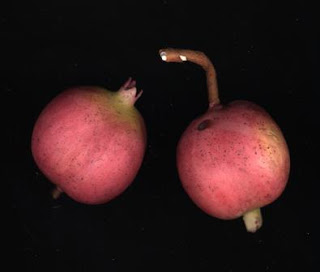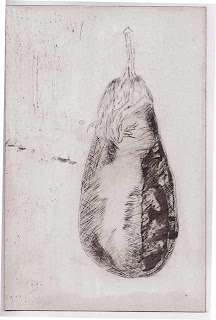Yes I have been fascinated with scanning objects and creating photographs - and found that other people who are very handy with gaffer tape and wire had made some remarkable cameras out of scanners.
They did not stop at placing objects on the scanner - they ripped tscanners apart and mounted them on conventional camera bits and pieces.
I googled scanner as camera - and selected the images option and - lo and behold! - there were some very elaborate and interesting examples of the ways people have exploited this extreme artistic sport.
Here are 2 of my favourite links
http://golembewski.awardspace.
They did not stop at placing objects on the scanner - they ripped tscanners apart and mounted them on conventional camera bits and pieces.
I googled scanner as camera - and selected the images option and - lo and behold! - there were some very elaborate and interesting examples of the ways people have exploited this extreme artistic sport.
Here are 2 of my favourite links
http://golembewski.awardspace.
Michale Golmbewski's work shows that the engineering efforts mentioned above are really worth while.
Aren't these just wonderful?































